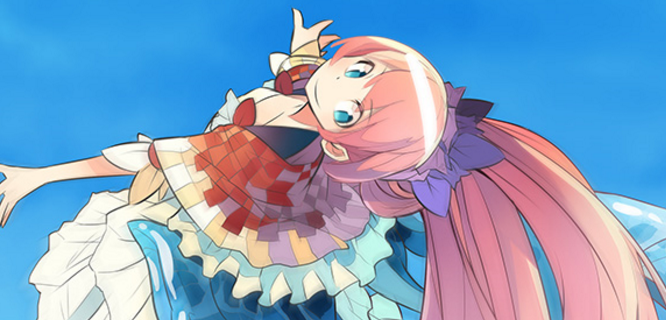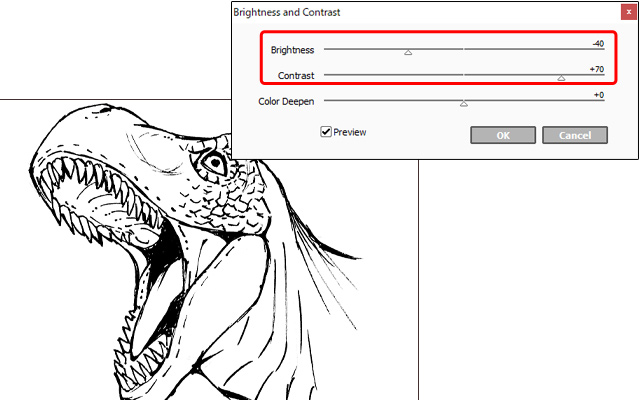

This method takes a little more tweaking than the previous mentioned methods.
Clip studio paint extract lineart code#
Now, if your line art only looks black, but the HEX code isn’t #000000, you can try to use Color Balance and Hue & Saturation settings to recolor the artwork. Choose a new color to apply it to your artwork Faux Blacks Scroll down until you find “Color Overlay”. You can also click the Layer Style icon at the bottom of your layers panel to pull it up.įor Affinity Photo : Click on the artwork layer, and then click on the “Effects” tab at the top of the layers window. Find “color overlay” and recolor your image. (Not sure what those are? Keep reading.)įor Photoshop : Double click on the layer you want to recolor to pull up the layer style menu. You’re better off using Clipping Masks to recolor, or a Color Fill or Color Balance adjustment if you’re able to. It functions much in the same way as a clipping mask does, but the benefit of a layer style is you can “stack” multiple styles within one layer or group, where as a clipping mask only applies to the layer beneath it.įor Procreate : This technique won’t work in this program. You can recolor black line art with a layer style, as well. *Affinity Photo will create a duplicate layer when merging - pretty handy in case you need to edit your line art again! Layer Style Your artwork layer should reflect the new color. Drag the new layer underneath your art layer to apply the mask. Your artwork layer should reflect the new color.įor Affinity Photo : Add a new “Pixel Layer” and fill it.

The line art layer should now be the same shade as the color fill layer.įor Photoshop : Add a new layer above your artwork layer, color fill that layer with a solid color or apply a texture, right click on the layer and select “Clipping Mask”.

Tap the layer, and select “clipping mask”. To make the change permanent, merge the layers.įor Procreate : Add a new layer above your artwork layer and fill it with a color or texture. If you want to apply a texture (like a metallic foil) to the line art, insert the texture into a layer above the line art layer, and create a clipping mask. Clipping Masks will only affect the layer directly beneath them, and only one layer at a time. Make sure the layer is above your line art layer you want to adjust. Not something I always want! Clipping MaskĬreate a new layer, and use a solid color fill or a texture fill for the layer. If there is any value variation in the artwork, a paint bucket fill won’t necessarily recolor the artwork as a whole - just the area of similar value you click on with the paint bucket.īut assume your values are equal throughout the artwork, a paint bucket fill would color the entire area but leaves a rough edge. I prefer not to use the Paint Bucket for color fills on most graphics, especially raster ones with pixels, because it leads to some undesired results. For this tutorial, I’ve tested these techniques in these three programs. These techniques can be used in Photoshop, Affinity Photo, Procreate, and others as almost every graphic editing program I’ve come across supports clipping masks and layer styles. Have you ever bought a graphic, thinking it would be ready to use right out of the box, but then you realize the color just doesn’t work, or that you can’t easily change it because of the file type? In this tutorial, I’m going to walk you through a couple super simple ways to change black line art drawings into any color (or texture) you like.


 0 kommentar(er)
0 kommentar(er)
